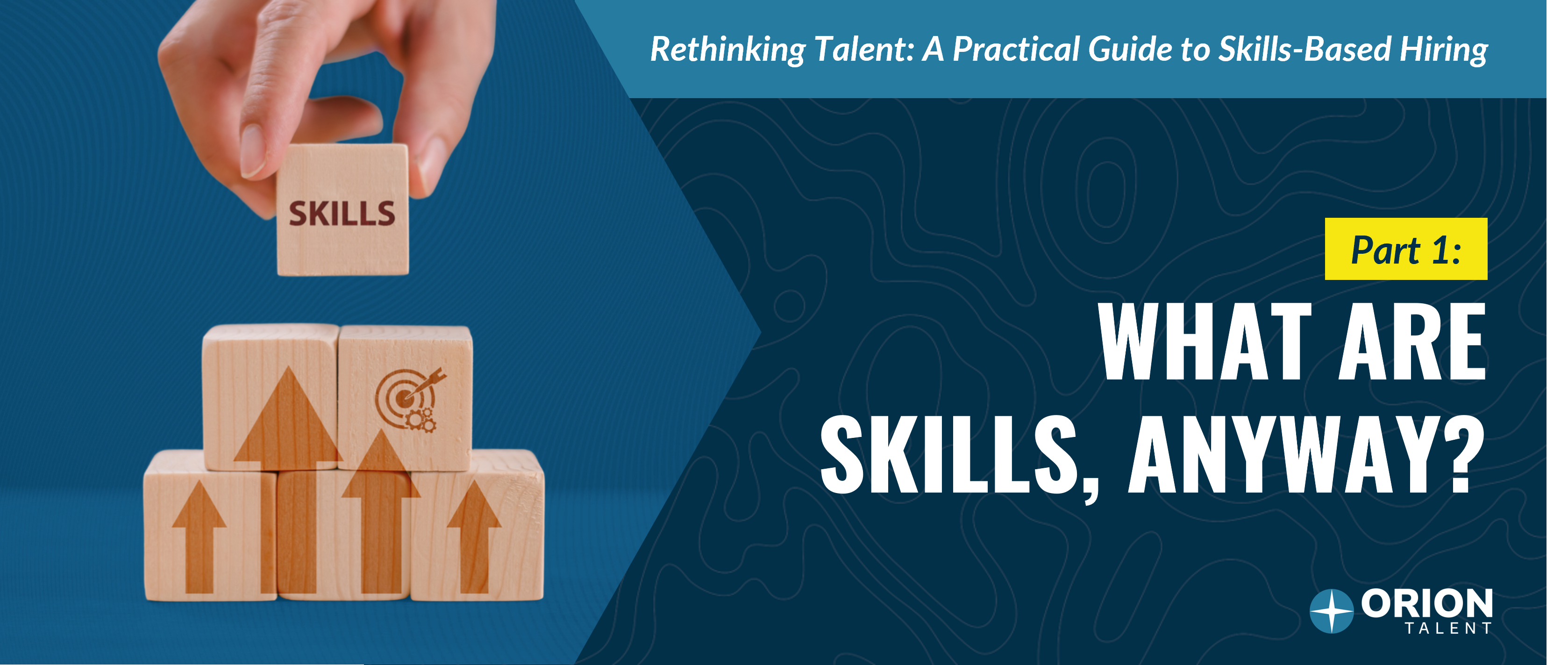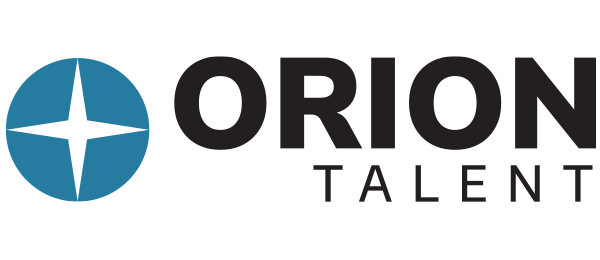
Maybe you have been there. Your team is tasked with hiring in a highly competitive job market with a non-existent employer brand. Or maybe your recruiting team is simply outpaced by demand brought on by surge hiring. Or maybe you don’t have a recruiting team at all! All of these obstacles lead to increased time to hire, increased turnover, decreased hiring manager satisfaction, and increased cost per hire. Recruitment Process Outsourcing (RPO) can help.
In RPO, businesses outsource some or all of their recruitment process to an outside provider, enabling them to focus on their core business functions. And, depending on the scale of your recruiting needs, there are various RPO models that will offer just the right amount of engagement to take your recruitment initiatives to the next level.
How is a RPO team structured?
Recruitment Process Outsourcing engagements are led by the Executive Oversight and Management team, which includes leadership from the RPO provider - titles may include Vice President of Client Success, Vice President of Talent Solutions, or Vice President of Talent Acquisition / Recruiting. At the Delivery, Account, and Team Management level are the Director and Manager. The RPO provider’s Recruiters are the face of the RPO engagement for the client’s Hiring Managers and Candidates. Handling scheduling, reporting, research, reporting, marketing, and implementation are conducted behind the scenes by Recruitment Operations Administrators and Shared Services.

Who does an RPO team coordinate with from a business?
The RPO Provider’s team will have connection points with various members of the company. At the leadership level, the company’s Chief Human Resources Officer (CHRO) or Sr. VP of HR / TA will likely interact with the leadership team from the RPO Provider. HR and TA Directors and Managers will work with the RPO Provider’s management team. The management and oversight team will determine appropriate metrics and key performance indicators (KPIs), which will drive the performance of the engagement.
Recruiters and Recruiting Managers will typically interact directly with the Hiring Managers from the business on a daily and weekly basis. The Hiring Manager will work with the recruiters on the specific positions to be filled, candidate pipeline, interviews, and the selection process. Reporting occurs weekly, monthly, and quarterly to measure performance and allow for adjustments to be made.
If there is an active marketing and employment branding component within the program, the provider’s Marketing team will work with members of the company’s Marketing, Corporate Communications, or Web teams, as appropriate.
What are the different models of RPO?
Enterprise RPO
With Enterprise RPO (sometimes also called Full Cycle or End to End), an RPO team becomes an extension of your team to effectively and efficiently manage each element of your TA strategy, from requisition to onboarding. This is a full-service offering that will transform your talent acquisition and recruitment process. Learn more about Full Cycle, End to End, & Enterprise RPO.
How is Enterprise RPO priced?
In Enterprise RPO, all your many hiring costs are rolled into a single cost, so you know what expenses are coming down the pipeline every month. All services are built into the scope of the RPO, so companies have a set fee for budgets. For this type of RPO, the fee is typically based on a monthly Management Fee Model. This can be based on an agreed-upon number of positions and change depending on the agreement or escalation factors such a need to scale for more hires.
Contingent RPO
Contingent RPO is a hybrid recruiting model that applies the power of RPO to contingent hiring needs. A dedicated team of experienced recruiters builds a unique talent pipeline of contingent labor for your company based on your specific needs, allowing you to focus long-term hiring strategies.
Global RPO
Not technically a service line, Global RPO is more indicative of breadth of service. Global RPO is responsible for openings worldwide as opposed to within a specific region. The benefits of RPO are especially applicable when dealing with a global candidate base and companies with operations in many parts of the world.
Project RPO
In Project RPO or Initiative-Based RPO, providers partner with you to deliver talent acquisition projects that will occur within a specific period of time. You define the hiring objectives, and they help achieve them on-time, on-budget. These projects often have defined goals within a specific scope and timeline.
How is Project RPO priced?
Like Blended RPO, Project RPO is often priced off of a Cost per Hire or Cost Per Slate model.
Which RPO Model is right for you?
- If you don’t have your own HR team and want to outsource all functions of your recruiting and hiring, choose Enterprise RPO because this option will create and manage your TA strategy, from the smallest detail to largest priority.
- If you are ramping up hiring for a new product line or new facility, choose Project RPO because it can help you meet defined goals within a specific scope, budget, and timeline.
- If you are looking for the value of RPO, but also need to ramp up hiring quickly to fill high-volume or seasonal non-permanent roles, consider Contingent RPO.
- If you want to test drive RPO, choose Project RPO because you can try out the services for specific initiatives over a specified period of time and then determine if the results are worth a more long-term engagement.
- If your company is experiencing aggressive growth but has no standardized recruiting processes, choose Enterprise RPO because it can help you scale and centralize your recruiting processes.
- If you need to support a business unit, specific location, or critical position, choose Project RPO because they will work within your Human Resources department on only the desired unit, location, or position, freeing up your team to focus on other priorities.
How is Full Cycle / End to End RPO different from Enterprise RPO?
Nearly identical to Enterprise RPO, Full Cycle / End to End RPO could apply to an RPO engagement covering only North American requisitions in a situation where another provider is simultaneously engaged for global requisitions.
How is Initiative-Based RPO different from Project RPO?
Essentially the same in scope, Project RPO may span a longer timeframe than Initiative-Based.
Choosing the Right RPO Model
As you can see, there are many ways in which RPO can be leveraged to improve or transform a company’s recruiting processes. From Enterprise to Contingent to Project, RPO can be a flexible, scalable solution that offers cost savings of more than 60% to 75% cost savings over traditional staffing firms. If you are seeking innovative talent acquisition solutions for your organization, division, or a large project, visit us online to learn more about Recruitment Process Outsourcing (RPO) Services from Orion Talent.
Learn More About RPO:
- 4 Reasons For RPO: What is it & What Does RPO Mean?
- RPO VS. Staffing - What's The Difference Between RPO and Staffing?
- How Does Talent Acquisiton RPO Work?
- Why Do Companies Outsource Recruitment?
- Try Our RPO Questionnaire
- Improve Your Time-to-Fill with RPO
- What's the ROI of RPO
- How does Manufacturing RPO Work?
- The Six Impact Areas of Recruiting Process Outsourcing
- The Seven Steps of the Recruitment Process
- Tile to Fill vs Time To Hire
- The Top Ten Recruiting Metrics
Archives
- December 2025
- November 2025
- October 2025
- September 2025
- August 2025
- July 2025
- June 2025
- May 2025
- April 2025
- March 2025
- February 2025
- October 2024
- May 2024
- March 2024
- February 2024
- January 2024
- December 2023
- November 2023
- October 2023
- September 2023
- August 2023
- July 2023
- June 2023
- May 2023
- April 2023
- March 2023
- February 2023
- January 2023
- December 2022
- November 2022
- October 2022
- September 2022
- August 2022
- July 2022
- June 2022
- May 2022
- April 2022
- March 2022
- February 2022
- January 2022
- December 2021
- November 2021
- October 2021
- September 2021
- August 2021
- July 2021
- June 2021
- May 2021
- April 2021
- March 2021
- February 2021
- January 2021
- December 2020
- November 2020
- October 2020
- September 2020
- August 2020
- July 2020
- June 2020
- May 2020
- April 2020
- March 2020
- February 2020
- January 2020
- December 2019
- November 2019
- October 2019
- September 2019
- August 2019
- July 2019
- June 2019
- May 2019
- April 2019
- March 2019
- February 2019
- January 2019
- December 2018
- November 2018
- October 2018
- September 2018
- August 2018
- July 2018
- June 2018
- May 2018
- April 2018
- March 2018
- February 2018
- January 2018
- December 2017
- November 2017
- October 2017
- September 2017
- August 2017
- July 2017
- June 2017
- May 2017
- March 2017
- February 2017
- January 2017
 RSS Feed
RSS Feed




















